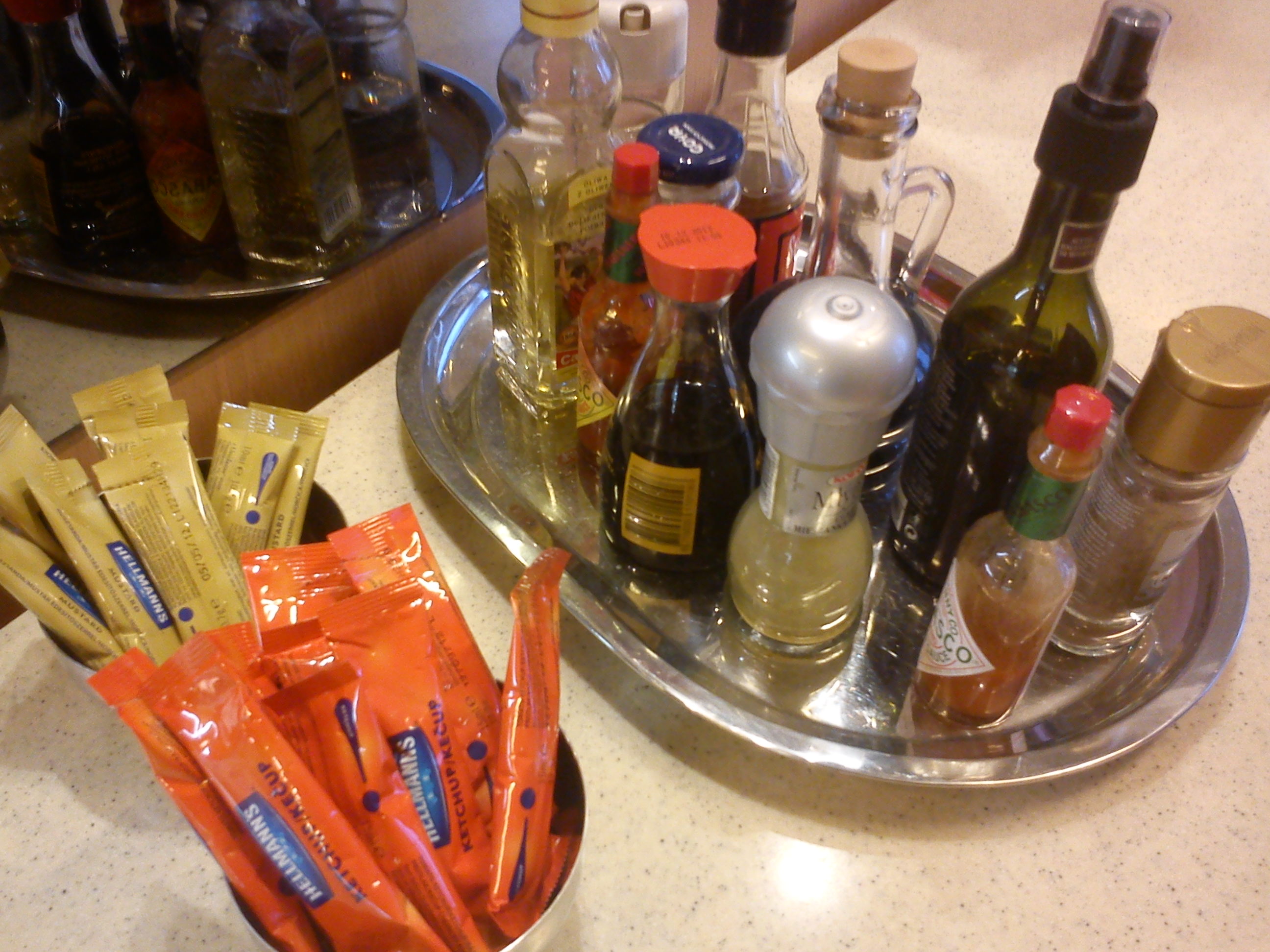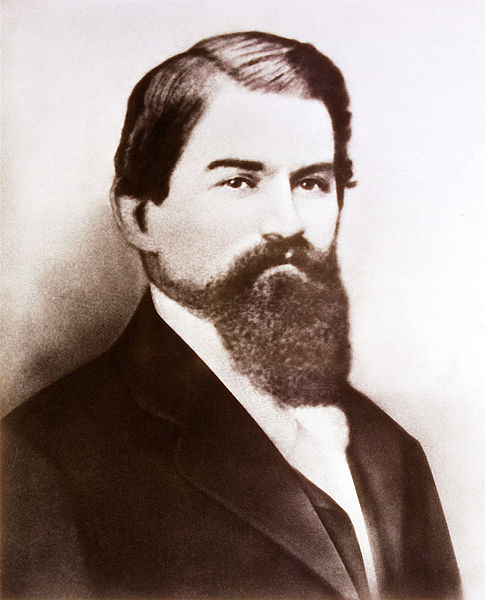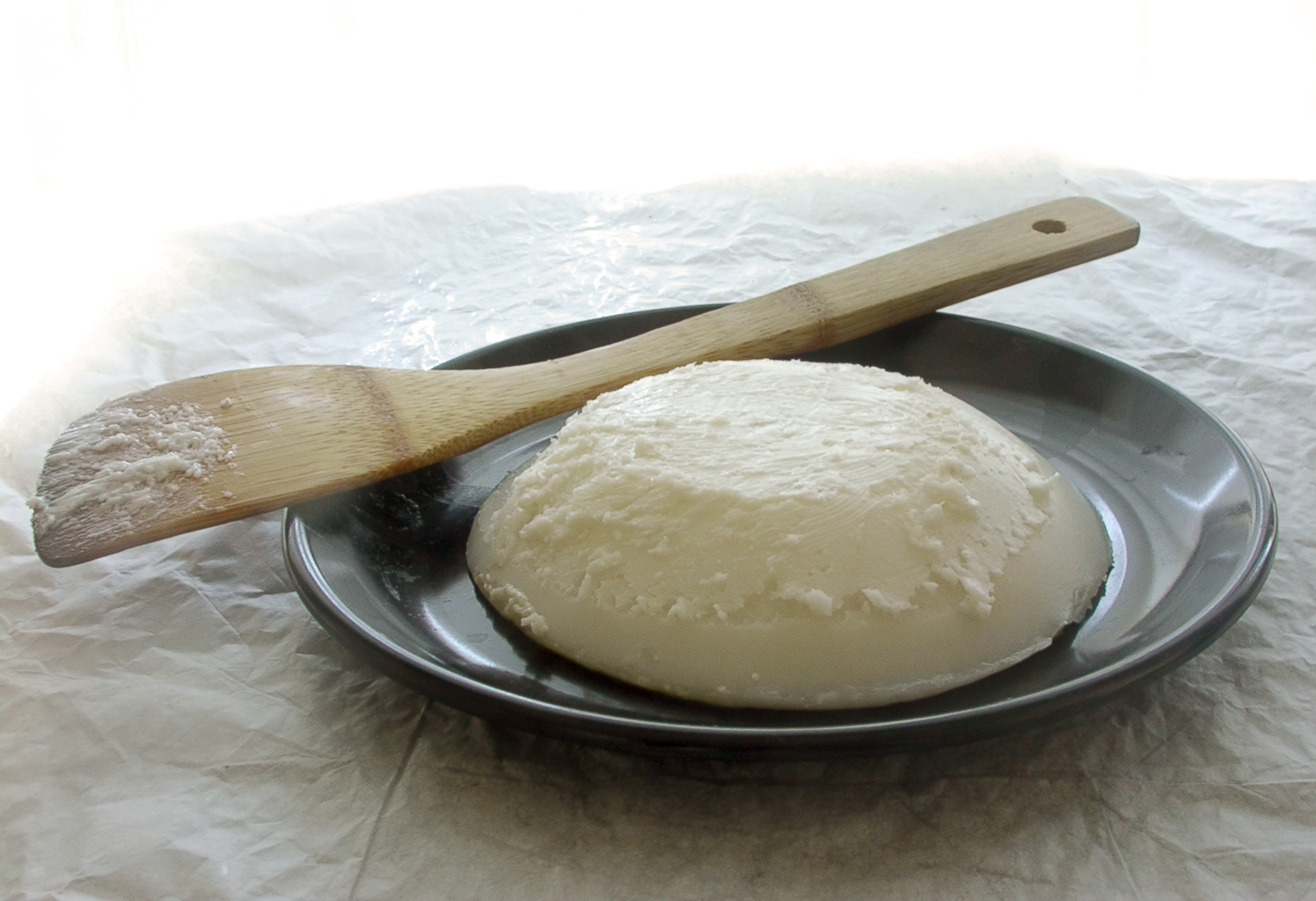|
Fastnacht Day
Fastnacht Day (also spelled Fasnacht, or in Pennsylvania German: ''Faasenacht'') is an annual Pennsylvania Dutch celebration that falls on Shrove Tuesday, the day before Ash Wednesday. The word translates to "Fasting Night" or “Almost Night” in English. The tradition is to eat the very best foods, which are part of the German tradition, and much of them, before the Lenten fast. Fastnachts (pronounce/ˈfastnaxt/in German) are doughnuts. There are three types of Fasnacht, one made with yeast, one made with baking powder, and one made with potatoes and yeast. All are slightly crispy on the outside and not as sweet as standard doughnuts. History Traditionally, fastnachts are made to use up the lard, sugar, butter, eggs and other rich foods in a house before the austere diet of Lent begins. In Catholic and Protestant countries, Fastnacht Day is also called "Fat Tuesday," or "Mardi Gras," a name which predates the Reformation and referred to the Christian tradition of eating rich ... [...More Info...] [...Related Items...] OR: [Wikipedia] [Google] [Baidu] |
Christianity
Christianity is an Abrahamic monotheistic religion based on the life and teachings of Jesus of Nazareth. It is the world's largest and most widespread religion with roughly 2.38 billion followers representing one-third of the global population. Its adherents, known as Christians, are estimated to make up a majority of the population in 157 countries and territories, and believe that Jesus is the Son of God, whose coming as the messiah was prophesied in the Hebrew Bible (called the Old Testament in Christianity) and chronicled in the New Testament. Christianity began as a Second Temple Judaic sect in the 1st century Hellenistic Judaism in the Roman province of Judea. Jesus' apostles and their followers spread around the Levant, Europe, Anatolia, Mesopotamia, the South Caucasus, Ancient Carthage, Egypt, and Ethiopia, despite significant initial persecution. It soon attracted gentile God-fearers, which led to a departure from Jewish customs, and, a ... [...More Info...] [...Related Items...] OR: [Wikipedia] [Google] [Baidu] |
Mashed Potatoes
Mashed potato or mashed potatoes (American and Canadian English), colloquially known as mash (British English), is a dish made by mashing boiled or steamed potatoes, usually with added milk, butter, salt and pepper. It is generally served as a side dish to meat or vegetables. Roughly mashed potatoes are sometimes called smashed potatoes. Dehydrated instant mashed potatoes and frozen mashed potatoes are available. Mashed potatoes are an ingredient in other dishes, such as dumplings and gnocchi. Ingredients Most authors recommend the use of "floury" potatoes with a high ratio of amylose in their starch to achieve a fluffy, creamy consistency and appearance. The best-known floury varieties are King Edward, golden wonder, and red rascal in Britain and the Russet in North America. However, some recipes use "waxy" potatoes containing more amylopectin in their starch for a different texture or look; for instance, one pounded mashed potato dish from Yunnan cuisine (in southwestern C ... [...More Info...] [...Related Items...] OR: [Wikipedia] [Google] [Baidu] |
Nuremberg Shrovetide Carnival
The Schembart Carnival or Nuremberg Shrovetide Carnival (german: Schembartlauf) was popular in Nuremberg, Germany in the 15th century before it ended in 1539 due to the complaints of a town dignitary. The carnival featured costumed men with bearded masks carved of wood, carrying on and generally acting foolishly. The name shembart is German for 'maskbeard'. Along with music, song, food and drink, the carnival featured speakers who poked fun at politicians, persons of power, and policies of the government. The carnival was revived in 1974. (retrieved April 4, 2015) We know details about the Schembart Carnival from about more than 80 Schembartbooks (''Schembartbuch'', maskbeardbooks). These man ... [...More Info...] [...Related Items...] OR: [Wikipedia] [Google] [Baidu] |
Swabian-Alemannic Fastnacht
The Swabian-Alemannic Fastnacht, Fasnacht (in Switzerland) or Fasnat/Faschnat (in Vorarlberg) is the pre-Lenten carnival in Alemannic folklore in Switzerland, southern Germany, Alsace and Vorarlberg. Etymology Popular etymology often links ''Fastnacht'' (in Mainz also ''Fassenacht'', in Switzerland ''Fasnacht'', in Swabia ''Fasnet'', ''Fasent'') with ''fasten'' ("to fast") – allegedly from celebrations on the eve preceding fasting. In the beginning of the 20th century it was a common assumption that the tradition had its roots in pre-Christian ritual. Comparison of dialect variants, however, yields an Old High German ''*fasanaht'', with an element ''fasa-'' of unclear meaning. A likely derivation looked to Proto-Indo-European ' "purify" (cognate to '' pava-mana''), or alternatively to Middle High German ''vaselen'' "prosper, bud", and interpreted the festival as a fertility rite. Historians around Werner Mezger refuted those theories, and showed that the name derives from '' ... [...More Info...] [...Related Items...] OR: [Wikipedia] [Google] [Baidu] |
Molasses
Molasses () is a viscous substance resulting from refining sugarcane or sugar beets into sugar. Molasses varies in the amount of sugar, method of extraction and age of the plant. Sugarcane molasses is primarily used to sweeten and flavour foods. Molasses is a major constituent of fine commercial brown sugar. It is also one of the primary ingredients used to distill rum. Sweet sorghum syrup is colloquially called ''sorghum molasses'' in the southern United States. Molasses has a stronger flavour than most alternative syrups. Name The word molasses comes from ''melaço'' in Portuguese, a derivative (intensifier) of ''mel'' (honey) with Latinate roots. Cognates include Ancient Greek μέλι (''méli'') (honey), Latin ''mel'', Spanish ''melaza'' (molasses), Romanian ''miere'' or ''melasă'', and French ''miel'' (honey). Cane molasses Cane molasses is an ingredient used in baking and cooking. It was popular in the Americas before the twentieth century, when it was plentiful and ... [...More Info...] [...Related Items...] OR: [Wikipedia] [Google] [Baidu] |
Cultures
Culture () is an umbrella term which encompasses the social behavior, institutions, and norms found in human societies, as well as the knowledge, beliefs, arts, laws, customs, capabilities, and habits of the individuals in these groups.Tylor, Edward. (1871). Primitive Culture. Vol 1. New York: J.P. Putnam's Son Culture is often originated from or attributed to a specific region or location. Humans acquire culture through the learning processes of enculturation and socialization, which is shown by the diversity of cultures across societies. A cultural norm codifies acceptable conduct in society; it serves as a guideline for behavior, dress, language, and demeanor in a situation, which serves as a template for expectations in a social group. Accepting only a monoculture in a social group can bear risks, just as a single species can wither in the face of environmental change, for lack of functional responses to the change. Thus in military culture, valor is counted a typica ... [...More Info...] [...Related Items...] OR: [Wikipedia] [Google] [Baidu] |
Condiments
A condiment is a preparation that is added to food, typically after cooking, to impart a specific flavor, to enhance the flavor, or to complement the dish. A table condiment or table sauce is more specifically a condiment that is served separately from the food and is added to taste by the diner. Condiments are sometimes added prior to serving, for example, in a sandwich made with ketchup, mustard or mayonnaise. Some condiments are used during cooking to add flavor or texture: barbecue sauce, compound butter, teriyaki sauce, soy sauce, Marmite and sour cream are examples. Many condiments, such as mustard or ketchup, are available in single-serving packets, commonly when supplied with take-out or fast food meals. Definition The exact definition of a condiment varies. Some definitions encompass spices and herbs, including salt and pepper, using the term interchangeably with ''seasoning''. Others restrict the definition to include only "prepared food compound containing one or ... [...More Info...] [...Related Items...] OR: [Wikipedia] [Google] [Baidu] |
Coca-Cola
Coca-Cola, or Coke, is a carbonated soft drink manufactured by the Coca-Cola Company. Originally marketed as a temperance drink and intended as a patent medicine, it was invented in the late 19th century by John Stith Pemberton in Atlanta, Georgia. In 1888, Pemberton sold Coca-Cola's ownership rights to Asa Griggs Candler, a businessman, whose marketing tactics led Coca-Cola to its dominance of the global soft-drink market throughout the 20th and 21st century. The drink's name refers to two of its original ingredients: coca leaves and kola nuts (a source of caffeine). The current formula of Coca-Cola remains a closely guarded trade secret; however, a variety of reported recipes and experimental recreations have been published. The secrecy around the formula has been used by Coca-Cola in its marketing as only a handful of anonymous employees know the formula. The drink has inspired imitators and created a whole classification of soft drink: colas. The Coca-Cola Company p ... [...More Info...] [...Related Items...] OR: [Wikipedia] [Google] [Baidu] |
Cultural Heritage
Cultural heritage is the heritage of tangible and intangible heritage assets of a group or society that is inherited from past generations. Not all heritages of past generations are "heritage"; rather, heritage is a product of selection by society. Cultural heritage includes cultural property, tangible culture (such as buildings, monuments, landscapes, books, works of art, and artifacts), intangible heritage, intangible culture (such as folklore, traditions, language, and knowledge), and natural heritage (including culturally significant landscapes, and biodiversity).Ann Marie Sullivan, Cultural Heritage & New Media: A Future for the Past, 15 J. MARSHALL REV. INTELL. PROP. L. 604 (2016) https://repository.jmls.edu/cgi/viewcontent.cgi?article=1392&context=ripl The term is often used in connection with issues relating to the protection of Indigenous intellectual property. The deliberate act of keeping cultural heritage from the present for the future is known as Conservation (cul ... [...More Info...] [...Related Items...] OR: [Wikipedia] [Google] [Baidu] |
Schuylkill River National And State Heritage Area
Schuylkill River National and State Heritage Area is a federally designated National Heritage Area in the valley of the Schuylkill River in southeastern Pennsylvania. The heritage area extends from Pottsville to Philadelphia through Schuylkill, Berks, Chester, Montgomery and Philadelphia counties. The national heritage area interprets and promotes the river's history during the American Revolution and the Industrial Revolution, as well as its natural environment and its recreational use. Major historic sites within the national heritage area include Valley Forge National Historical Park, Independence National Historical Park, Hopewell Furnace National Historic Site and Cliveden. Natural areas within the heritage area include Hawk Mountain Sanctuary and John Heinz National Wildlife Refuge The John Heinz National Wildlife Refuge at Tinicum is a 1000-acre (4.05 km2) National Wildlife Refuge in Philadelphia and Tinicum Township, Pennsylvania. Adjacent to Philadelphia Inte ... [...More Info...] [...Related Items...] OR: [Wikipedia] [Google] [Baidu] |
Ethnicity
An ethnic group or an ethnicity is a grouping of people who identify with each other on the basis of shared attributes that distinguish them from other groups. Those attributes can include common sets of traditions, ancestry, language, history, society, culture, nation, religion, or social treatment within their residing area. The term ethnicity is often times used interchangeably with the term nation, particularly in cases of ethnic nationalism, and is separate from the related concept of races. Ethnicity may be construed as an inherited or as a societally imposed construct. Ethnic membership tends to be defined by a shared cultural heritage, ancestry, origin myth, history, homeland, language, or dialect, symbolic systems such as religion, mythology and ritual, cuisine, dressing style, art, or physical appearance. Ethnic groups may share a narrow or broad spectrum of genetic ancestry, depending on group identification, with many groups having mixed genetic ancestry. Ethni ... [...More Info...] [...Related Items...] OR: [Wikipedia] [Google] [Baidu] |
Lard
Lard is a semi-solid white fat product obtained by rendering the fatty tissue of a pig.Lard entry in the online ''Merriam-Webster Dictionary''. Accessed on 2020-07-05. It is distinguished from , a similar product derived from fat of or . Lard can be rendered by steaming, boiling, or dry heat. The culinary qualities of lard vary somewhat depending on the origin and processing method; if properly rendered, it may be nearly odorless and tasteless.E. S. Clifton, Joseph Kastelic, and Be ... [...More Info...] [...Related Items...] OR: [Wikipedia] [Google] [Baidu] |







